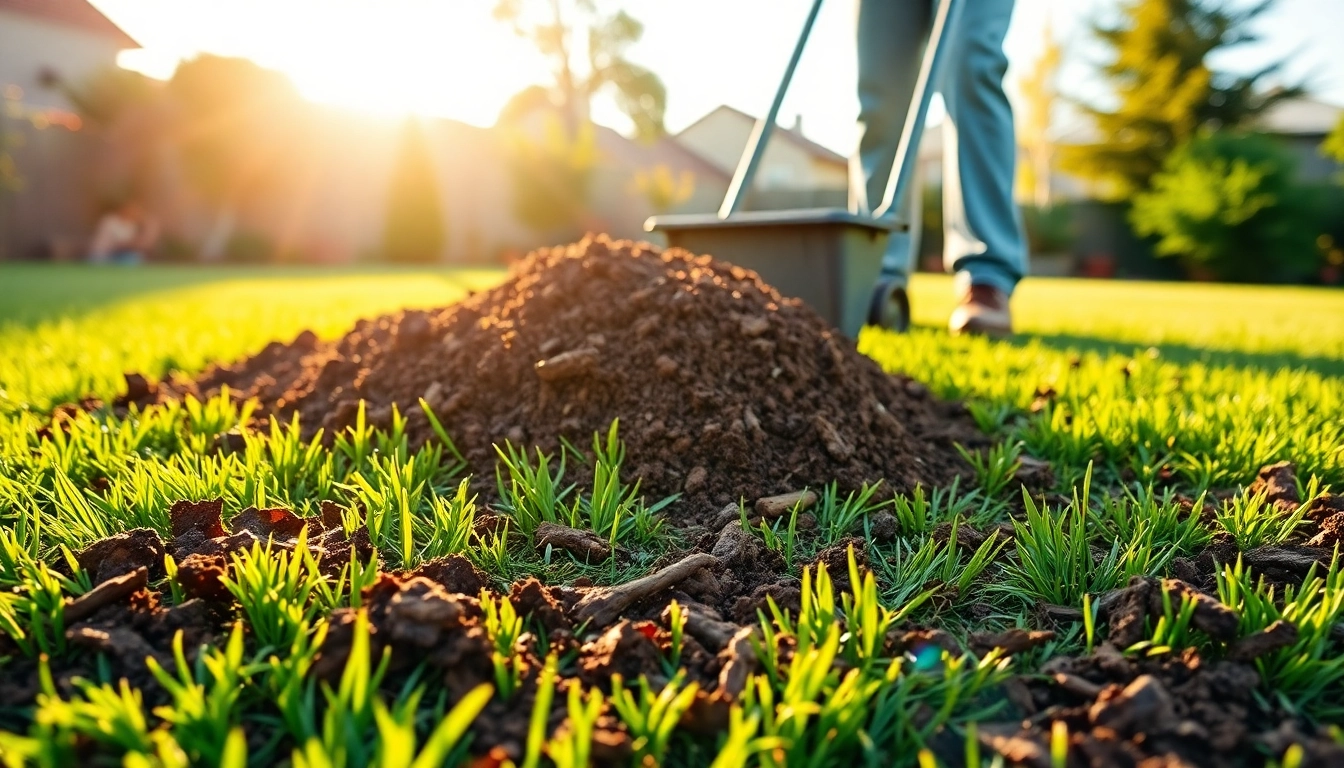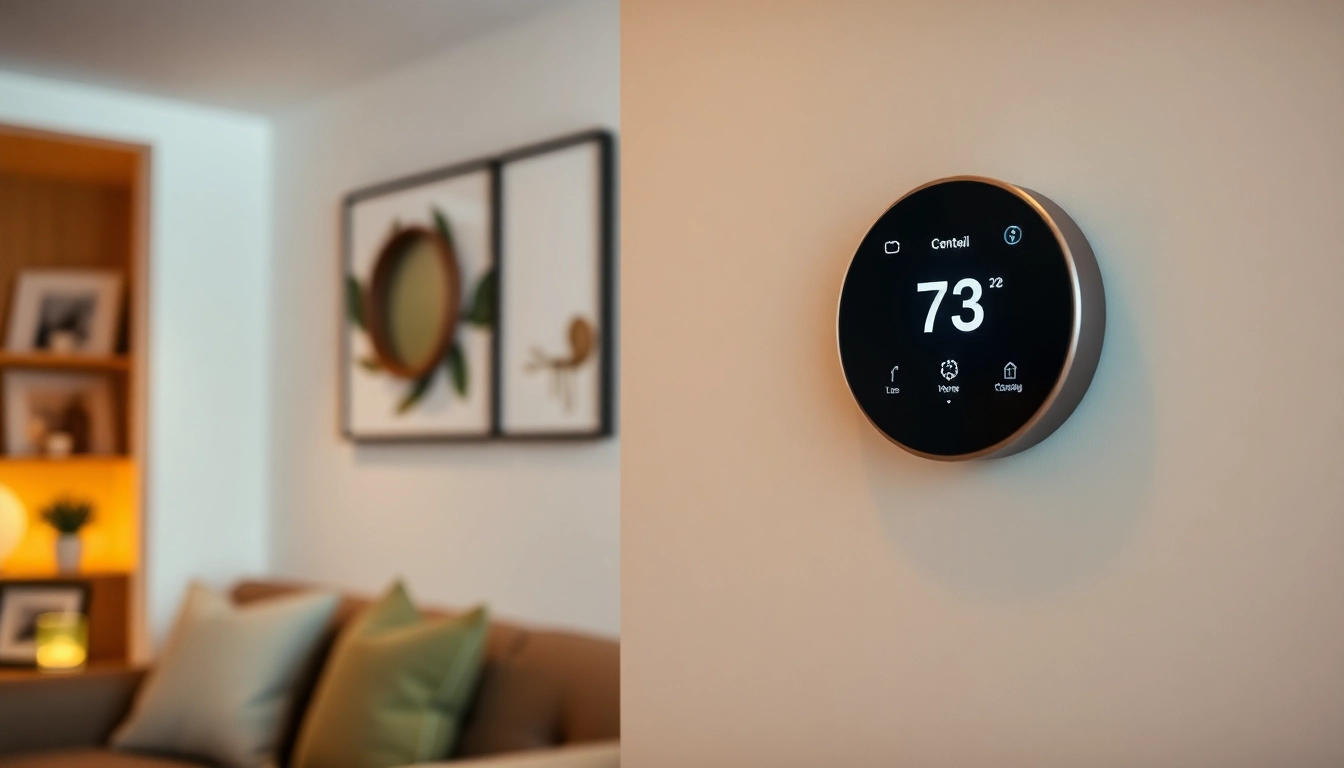Understanding Lawn Top Dressing
Lawn top dressing is an essential practice for maintaining a healthy and vibrant lawn. It involves applying a thin layer of material over the surface of your grass, which can significantly improve soil health, boost nutrient levels, and enhance the overall appearance of your outdoor space. To gain a deeper understanding of lawn top dressing, let’s delve into its definition, benefits, and the optimal timing for application.
What is Lawn Top Dressing?
Lawn top dressing refers to the process of spreading a layer of material, such as compost, peat moss, or a sand-soil mix, across the surface of your lawn. This layer typically ranges from a quarter-inch to one inch thick. The objective is not only to enhance the appearance of the lawn but also to address various issues such as drainage problems, uneven surfaces, and compacted soil.
The materials used in top dressing primarily focus on improving soil texture and increasing its organic matter content. This can lead to better moisture retention, aeration, and nutrient availability for your grass, contributing to a lush, green lawn.
Benefits of Lawn Top Dressing
Top dressing offers multiple advantages that contribute to lawn health:
- Improves Soil Structure: A good top dressing mix enhances soil aeration and drainage, making it easier for roots to access vital nutrients and water.
- Encourages Microbial Activity: Adding organic matter to the soil promotes beneficial microbial activity, which can break down thatch and enhance nutrient cycling.
- Reduces Compaction: Lawn top dressing can help alleviate soil compaction, allowing for healthier root growth and improved water infiltration.
- Aids in Seeding: The layer of top dressing provides a supportive environment for new grass seeds, helping to improve germination rates.
- Enhances Lawn Appearance: A uniform top dressing can help create a smooth surface, effectively hiding minor imperfections.
When to Perform Lawn Top Dressing
The timing of lawn top dressing is crucial for its success. While it can be done at various points throughout the year, the best times include:
- Spring: Early spring is ideal for rejuvenating lawns after winter. This timing supports new growth as the grass comes out of dormancy.
- Fall: The fall season is another excellent time for top dressing because the grass grows actively, allowing it to quickly recover and thrive before winter.
- After Aeration: Top dressing is particularly beneficial after aerating your lawn since it allows the materials to fill the holes created, enhancing overall health.
Materials for Lawn Top Dressing
Choosing the right materials for top dressing is essential to achieve the desired results. Different options can yield varying impacts on your soil and grass health.
Best Soil Mixes for Top Dressing
The ideal soil mix for top dressing generally combines organic and inorganic components. Common ingredients include:
- Compost: Decomposed organic matter that enriches soil with nutrients and improves structure.
- Topsoil: A layer of fertile soil that can improve nutrient content, though it should be weed-free.
- Sand: Used to improve drainage, especially in clay-heavy soils. It should be sharp sand rather than builder’s sand.
- Peat Moss: Adds organic matter and can help retain moisture, but should be used sparingly due to its acidic nature.
For an effective top dressing mix, consider combining six parts high-quality topsoil, three parts sand, and one part compost.
Organic versus Inorganic Top Dressing Options
When choosing between organic and inorganic options, consider the following:
- Organic materials: Include compost, well-rotted manure, and shredded leaves that enhance soil health and support biological activity.
- Inorganic materials: Often consist of synthetic fertilizers or mineral sands that provide immediate nutrients but may not improve long-term soil quality.
Organic options are generally more beneficial for enhancing soil health over time, while inorganic choices can provide quick nutrient boosts.
Finding Quality Top Dressing Materials Near You
When sourcing materials for your top dressing, consider local garden centers, landscaping suppliers, or online retailers specializing in soil amendments. Look for organic options that are free from chemicals and contaminants to ensure the health of your lawn.
How to Top Dress Your Lawn Effectively
Implementing lawn top dressing involves several steps to ensure that you achieve the best results.
Step-by-Step Guide to Lawn Top Dressing
Follow these steps for effective lawn top dressing:
- Prepare Your Lawn: Mow the grass to a shorter height and ensure it’s healthy and free from weeds.
- Choose the Right Time: Aim for a day with favorable weather, ideally when the lawn is slightly moist but not soggy.
- Apply the Top Dressing: Use a shovel, rake, or a top dressing spreader to distribute the mixture evenly across your lawn.
- Work the Material In: Gently rake the dressing into the lawn to allow it to settle down into the turf.
- Water the Lawn: After application, lightly water the area to help the top dressing settle and to begin the activation of nutrients.
Performing these steps helps ensure that your top dressing is effective and improves the sustainability of your lawn.
Common Mistakes to Avoid When Top Dressing
While top dressing is largely beneficial, there are common pitfalls to avoid:
- Applying Too Much Material: Prevent suffocating the grass by keeping the layer thin (1/4 inch to 1/2 inch).
- Filling in Holes Only: Treating only uneven areas can create a patchy lawn; strive for an even distribution.
- Ignoring Soil Testing: Not testing soil can lead to misjudgments regarding nutrient needs and top dressing components.
- Top Dressing in Poor Weather: Applying during heavy rains can wash away materials and negate benefits.
Tools Required for Lawn Top Dressing
Having the right tools can enhance the efficiency of your top dressing project:
- Shovel: For transferring the top dressing material.
- Rake: For leveling the top dressing once applied.
- Top Dressing Spreader: An effective tool for even distribution of the material across large lawns.
- Watering Can or Hose: For applying moisture to settle the top dressing after application.
Maintaining Your Lawn After Top Dressing
After successfully applying top dressing, proper maintenance is crucial for maximizing benefits.
Watering Techniques Post Top Dressing
Watering post-application is vital for integration:
- Gentle Watering: Use a light sprinkling to ensure moisture reaches the grass without washing away the material.
- Frequency: Water consistently for the following weeks, keeping the soil moist but not overly saturated.
Fertilization Tips Post Top Dressing
Applying fertilizer after top dressing can enhance nutrient availability:
- Choose Organic Fertilizers: Use slow-release organic fertilizers to promote sustained growth.
- Timing: Fertilize a few weeks after top dressing to avoid overwhelming the grass immediately after application.
Monitoring Lawn Health and Growth
Regular lawn inspections will help you track the effectiveness of your top dressing:
- Observe Grass Color: Healthy grass should appear vibrant and green; yellowing can indicate nutrient deficiencies.
- Feel for Soil Moisture: Ensure the soil is not too dry or overly saturated, adjusting watering as necessary.
Advanced Techniques and Tips for Lawn Top Dressing
For those looking to maximize the benefits of top dressing, consider implementing some advanced strategies.
Integrating Lawn Top Dressing with Other Lawn Care Practices
Top dressing works harmoniously with other maintenance practices:
- Aeration: Aerating your lawn before top dressing can improve material absorption and efficacy.
- Overseeding: Top dressing provides a nurturing layer for new seeds, increasing germination success when they are sown simultaneously.
Using Lawn Top Dressing for Repairing Damaged Areas
Top dressing can also be a beneficial technique for focused repairs:
- Patching Bare Spots: Apply a thicker layer of top dressing in areas lacking grass, ensuring ample coverage for new seeds.
- Leveling Uneven Surfaces: Use top dressing to fill low spots, creating a level surface across the lawn.
Seasonal Strategies for Optimal Lawn Health
Ultimately, to achieve a thriving lawn, align top dressing efforts with seasonal changes:
- Spring Preparation: Incorporate top dressing early in the season following dormancy to kickstart growth.
- Fall Maintenance: Utilize top dressing in the fall to prepare your lawn for winter stress and optimize recovery in spring.



